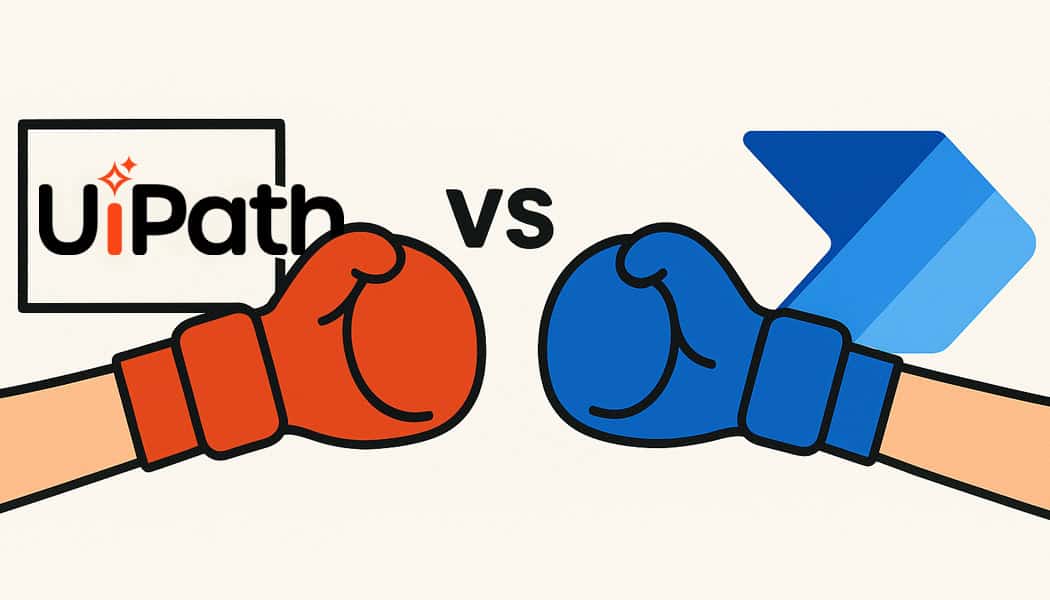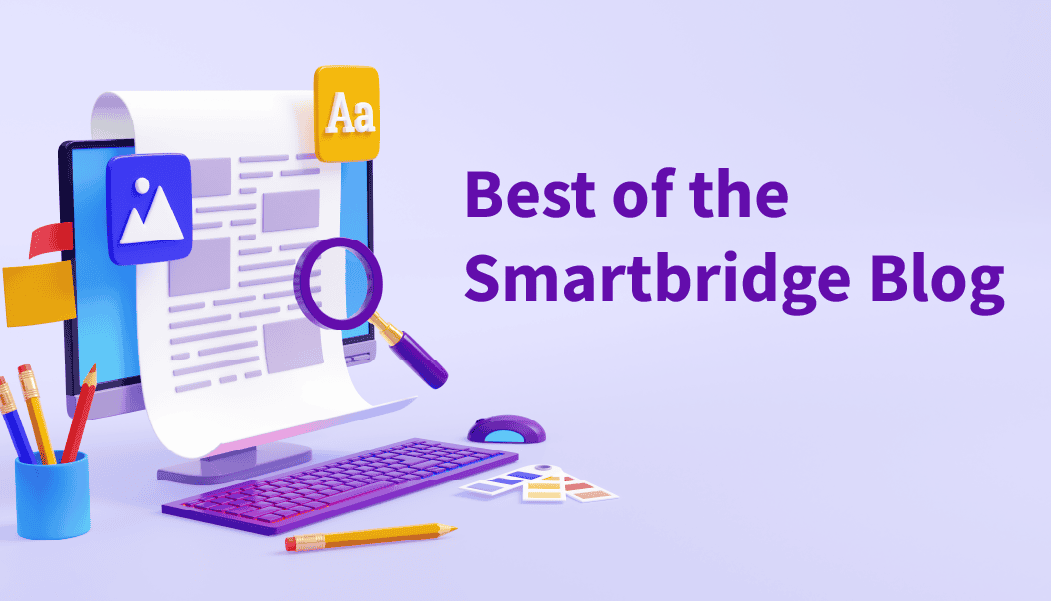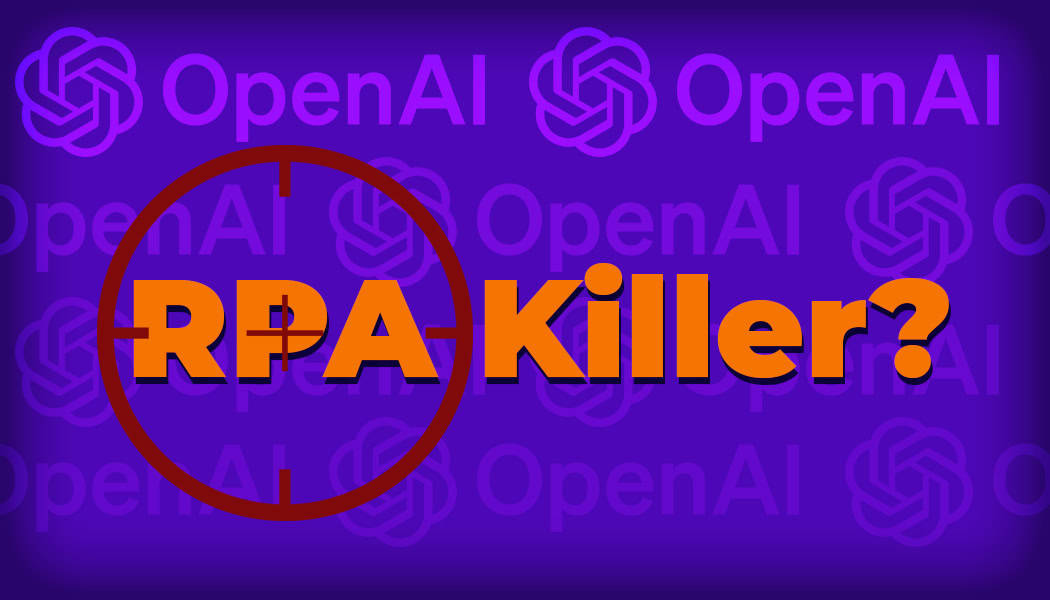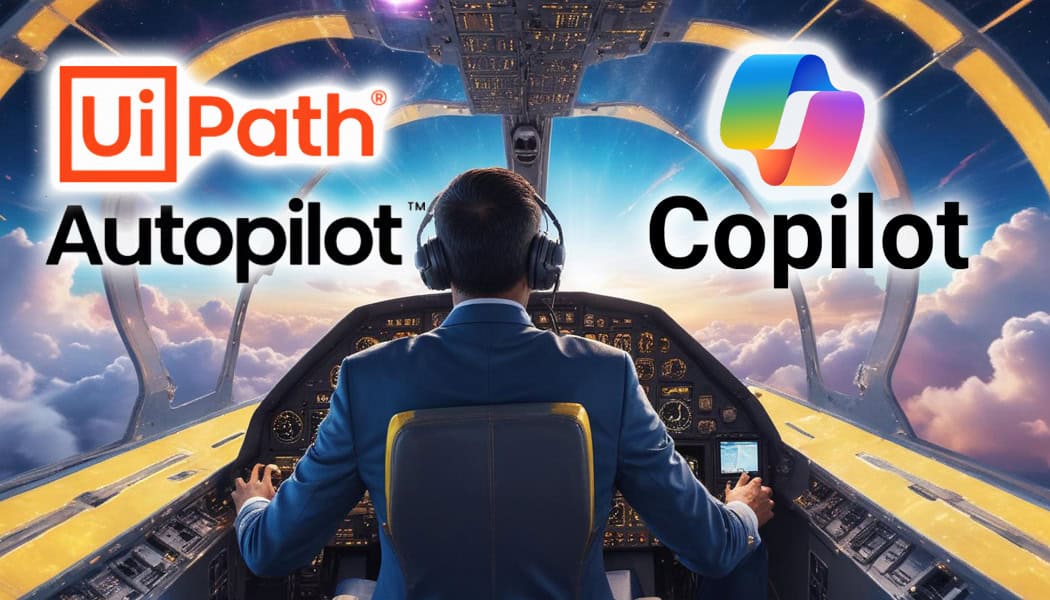Robotic Process Automation Professional Services
UiPath Partner
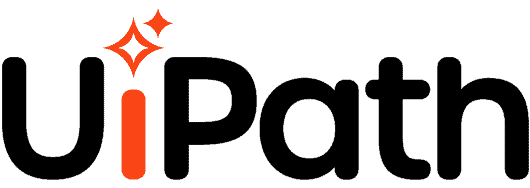
Smartbridge is a UiPath Implementation Partner, a leading provider of Robotic Process Automation
UiPath is a leading provider of Robotic Process Automation (RPA) technology. Their innovations are recognized as saving millions of dollars and hours by Fortune 500 companies.
Smartbridge has partnered with UiPath for over 6 years because we found that companies of all sizes can realistically achieve significant value when deploying UiPath bots. Deployments of RPA across SMBs, large and enterprise companies don’t have to be company-wide, either. We have personally deployed attended and unattended bots within departments or lines of business to simply eradicate one very time-intensive business process. Within months we have seen tens of thousands of dollars saved, and hundreds of hours reallocated to more meaningful work.
With the UiPath Partner Program, Smartbridge is empowered to help our customers integrate their technology solutions and business processes with UiPath. Smartbridge will extract significant additional value in processes and enable entirely new levels of productivity through automation.
Ready to start? Skip sales! Book a meeting with a director of automation services to explore a partnership with Smartbridge for your UiPath needs.
The Benefits of UiPath + Smartbridge
As an end-to-end RPA service provider with years of implementation experience, Smartbridge helps our customers integrate RPA solutions and business processes with UiPath technologies. Clients obtain increased value in enterprise processes and enable entirely new levels of productivity through automation.
Smartbridge is also recognized within the ranks of the UiPath Services Network (USN) program – an elite coalition of RPA service partners equipped and accredited with advanced delivery skills on par with UiPath professional standards.
As requirement to be an USN partner, Smartbridge offers a wide range of skill sets, provides best-practice references to customers, and delivers automation solutions that encompass RPA at scale. This designation also entrusts USN partners to provide comprehensive training to businesses seeking further guidance in their RPA journeys.
UiPath Products and Services
Breadth of RPA Expertise
Smartbridge Listings




